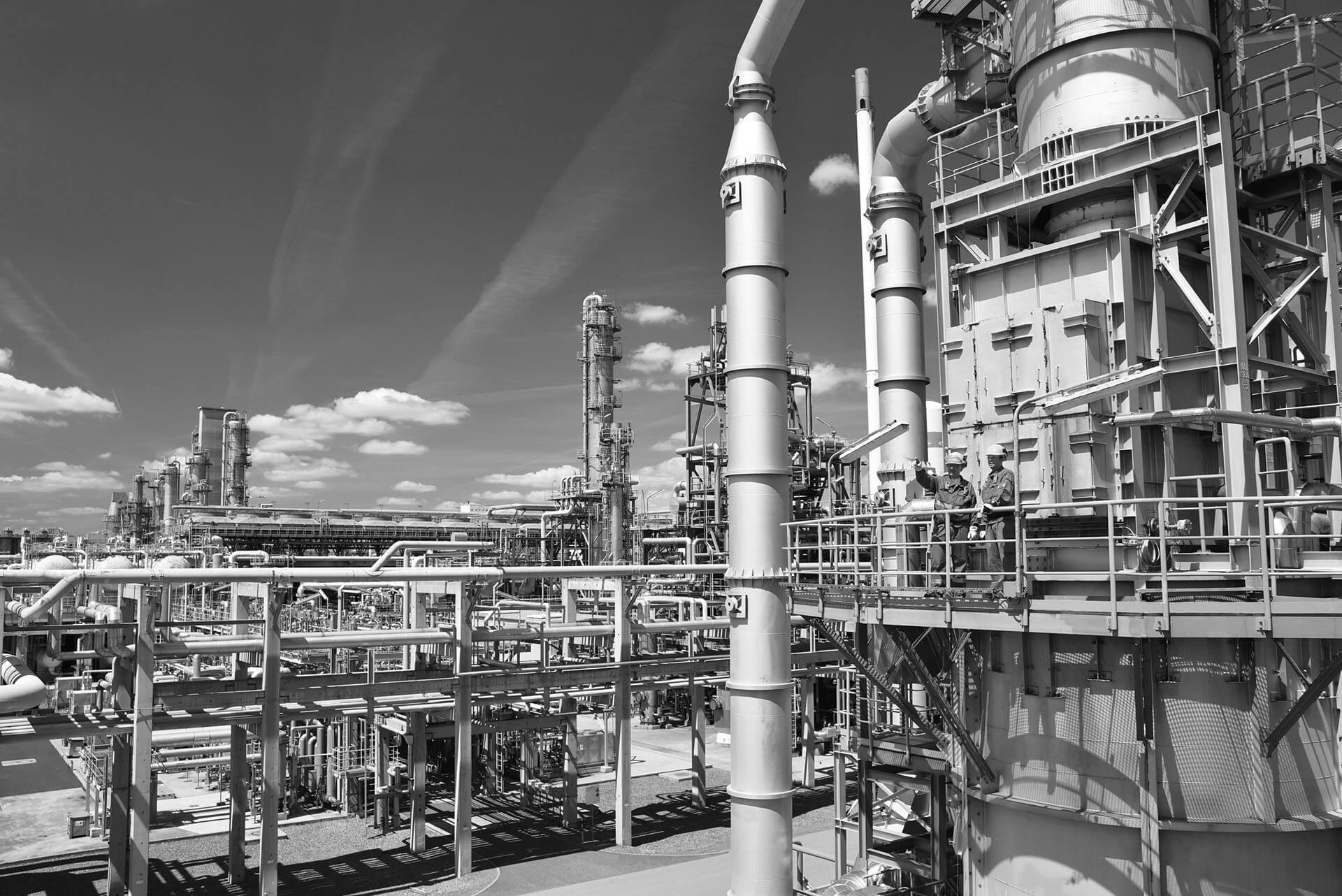Published on 18 March 2022
Energy Market Update: Midstream
Published on 18 March 2022
Going into 2022, midstream clients remain able to purchase their coverage from both the upstream and downstream sectors.
Both markets continue to harden, however an increase in year-on-year capacity means that rate rise percentages are softening from the last quarter of 2021. Upstream, downstream and domestic markets are all quoting high single digit to low double digit rises, with the upstream capacity continuing to be on the softer edge of this range.
Capacity
As remarked in previous issues, upstream capacity continues to offer more competitive terms for this sector, particularly ‘in-field’ asset base, and the movement of clients from the downstream market remains where appropriate. For growing clients, upstream capacity maintains the mantra of offering credits for scale, something not typically seen in the harder downstream market.
In the industry itself, commodity price rebounds have given a boost to clients who have faced consistent headwinds for several years. It is imperative that clients review their exposures in light of this change, in particular their Business Interruption coverage which may require an uplift to cater for increased revenue. Increasing Business Interruption purchases is likely to become a significant talking point for the markets, in particular the ratio of an Insured’s Indemnity requirements versus their Scheduled Values. Underwriters continue to favour clients with a ratio weighted towards Physical Asset purchase, and accounts that are heavily Business Interruption weighted are challenging.
Investment
There continues to be significant midstream investment opportunity for Private Equity (PE) companies but the strategy has shifted. While the focus is still on gathering and processing, PE firms are primarily targeting growth through bolt-on acquisitions and expansion rather than funding new greenfield projects.
ESG and Energy Transition
Consistent with global trends and ESG initiatives, there are increasingly more opportunities in energy transition oriented projects, such as Carbon Capture and Storage (CCS), as well as Hydrogen projects. Upstream capacity has expressed a particular interest in writing CCS within their midstream portfolio and expect to see this become a fast growing sector for new business.

Rob Neighbour
Rob started his career working for Howden Insurance Brokers as an Account Executive in the Upstream Energy Division focusing on North American Upstream Business. He moved into a Lloyds market broking role working on a range of global Upstream packages. Rob is now a Lead Broker on the Alesco Midstream Cover, with a special focus on production and placement.


